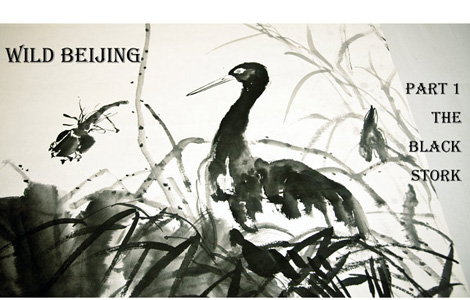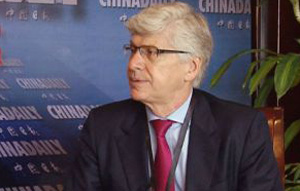PBOC ends credit crunch, needs to go further
Updated: 2013-06-27 09:09
(Xinhua)
|
||||||||
The average yield of WMPs has been climbing for four weeks, according to Bankrate, a WMP aggregating website. Citic Bank issued a four-month WMP with an interest rate of 6 percent, while Huaxia Bank produced a 72-day WMP with a rate of 7 percent, which doubled China's benchmark deposit rate.
The central bank relented on its stance of a tightened credit crunch, as economists warned that a prolonged credit crunch would put the brakes on the economy, which is already facing mounting downward pressures.
Some banking executives told the press that they will have to raise interest rates if interbank lending remains high. A rising interest rate would be the last thing Chinese companies want to see during their battle with growing overcapacity.
Goldman Sachs trimmed its forecast on China's GDP growth from 7.8 percent to 7.4 percent due to the recent monetary tightening. Meanwhile, Moody's warned that keeping the banking system short of liquidity would entail risks that could have credit negative implications.
"If liquidity tightening continues, the possibility of an economic hard-landing will increase," said Liu Ligang, chief China economist at ANZ.
The stand-off in the money market is believed to be part of the PBOC's commitment to containing runaway credit growth and reducing financial risks accumulated in shadow banking. They have not finished the job, but the battle is nearing an end.
However, there will be more rounds for regulators wrestling with shadow banking.
Analysts say regulators must be prepared to defuse the fundamental catalysts for the explosive growth of shadow banking, which would mean liberalizing interest rates, curbing local governments' wild investments and improving the transparency of WMP sales.
Chinese banks are only allowed to offer PBOC-guided rates to depositors, and those interest rates are flat with the rate of inflation, which has bolstered Chinese depositors' readiness to turn to WMPs that offer higher returns.
Meanwhile, banks are banned from lending money to certain industries beset by overcapacity as well as local government financing vehicles (LGFVs). So, when borrowers from these categories knock on a bank's door for money, they will be asked to get a loan with a high interest rate from money raised in WMP sales.
This is where risks creep in. A huge proportion of local government investments have not generated any cash flow, and the only reason China has not seen massive defaults is that the projects received either fiscal support or took on new debts to repay the old ones.
Investors, on the other hand, have little information about where their money goes when they buy WMPs, and because the products are sold over banks' counters, many believe these purchases are as harmless as putting money into a savings account.
As the medium, banks further complicate the issue by selling short-term WMPs to finance long-term projects, as longer maturity yields higher returns. When the WMPs are due, banks just go to the interbank market and borrow money to repay investors. The interbank borrowing costs before the credit crunch were around 3 percent, but banks can charge 10 percent interest on a loan to an LGFV.
"To squeeze the pimple of over-leverage, we need an overhaul of the current fiscal system," said a well-respected researcher at a think tank of the State Council, who requested anonymity in discussing the matter.
"As the financing vehicles of some governments in western China can take on interest rates as high as 18 percent, how can the money go to the real economy?" the researcher asked.
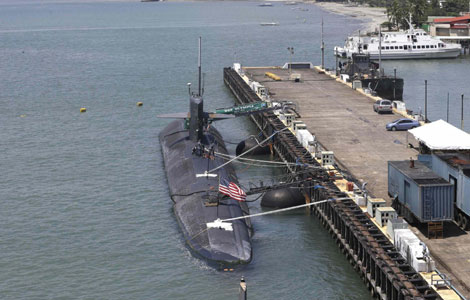
 Philippine, US start Naval exercise in S China Sea
Philippine, US start Naval exercise in S China Sea
 Supreme Court gay rights ruling celebrated across US
Supreme Court gay rights ruling celebrated across US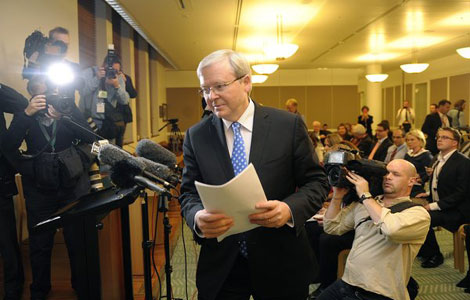
 Rudd returns as Australian PM after Gillard
Rudd returns as Australian PM after Gillard
 Brazil protests intensify before Confed Cup semifinal
Brazil protests intensify before Confed Cup semifinal
 Long lost weekend
Long lost weekend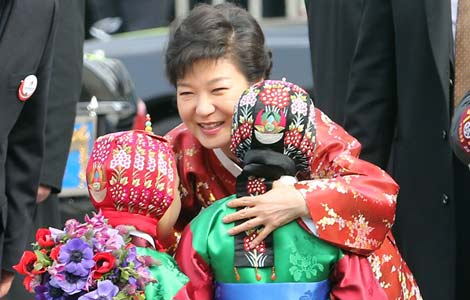
 Park ready to charm China
Park ready to charm China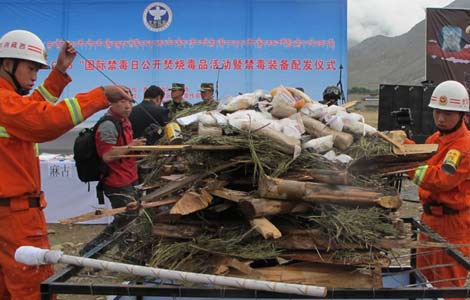
 Prices climb as police crack down
Prices climb as police crack down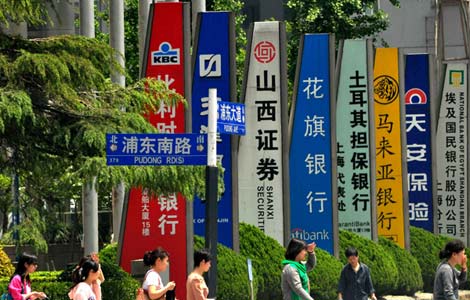
 China 'most promising' in FDI
China 'most promising' in FDI
Most Viewed
Editor's Picks

|

|

|

|
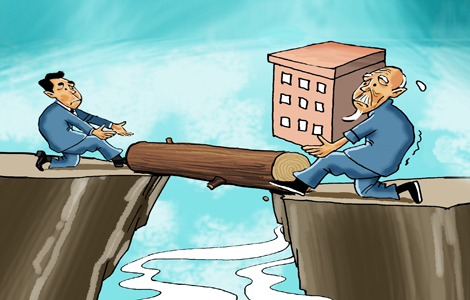
|

|
Today's Top News
Proposed law puts curbs on family visas
Markets will stay volatile, continue to struggle: Expert
Promising outlook on US, China investment
US adoptees visit Chinese roots
Ecuador refutes Washington Post accusation
IBM to make Chinese job cuts
PBOC ends credit crunch, to go further
Snowden still at Moscow's airport, asylum pending
US Weekly

|

|
